written by Lindsay McWilliams | photos courtesy of Oregon State Parks
In the year 1880, there were over 2,000 Chinese men living in John Day, Oregon, making it the third largest Chinatown in the United States. Many of these men came over as miners during the gold rush in the mid-1800s, but some followed suit just for the adventure and a fortune of their own.
Two of these men were doctor Ing “Doc” Hay and businessman Lung On. Together, they left behind the most substantial artifact from John Day’s Chinatown—a peculiar red and green painted building that reads “Kam Wah Chung & Co.”
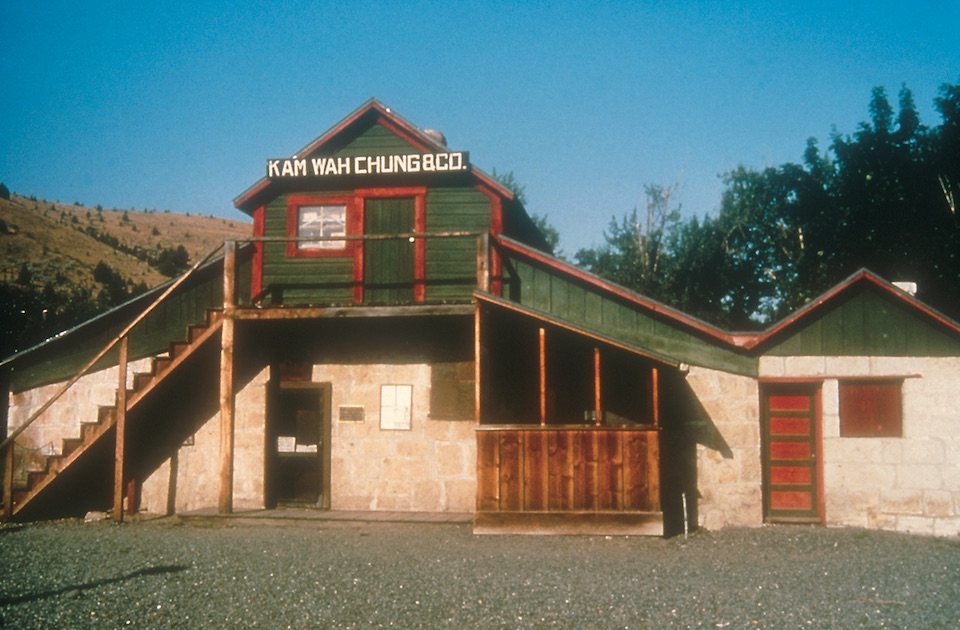
Kam Wah Chung can be translated to “The golden flower of opportunity.” Certainly, this was the site of great opportunity for Lung On and Ing Hay. First and foremost, the house served as a medical practice for “Doc” Hay. Practicing herbal medicine, he catered to the thriving Chinese population in the area, most of whom refused to take part in Western medicine. Lung On, on the other hand, ran a general store inside the building, but also acted as a liaison between the Chinese and the Americans.
“Lung On spoke good Chinese and good English, the ‘go-between guy’, as I call him,” said Christina Sweet, museum curator at the Kam Wah Chung Historical Site. “If you were a Chinese miner looking for jobs, he could help.”
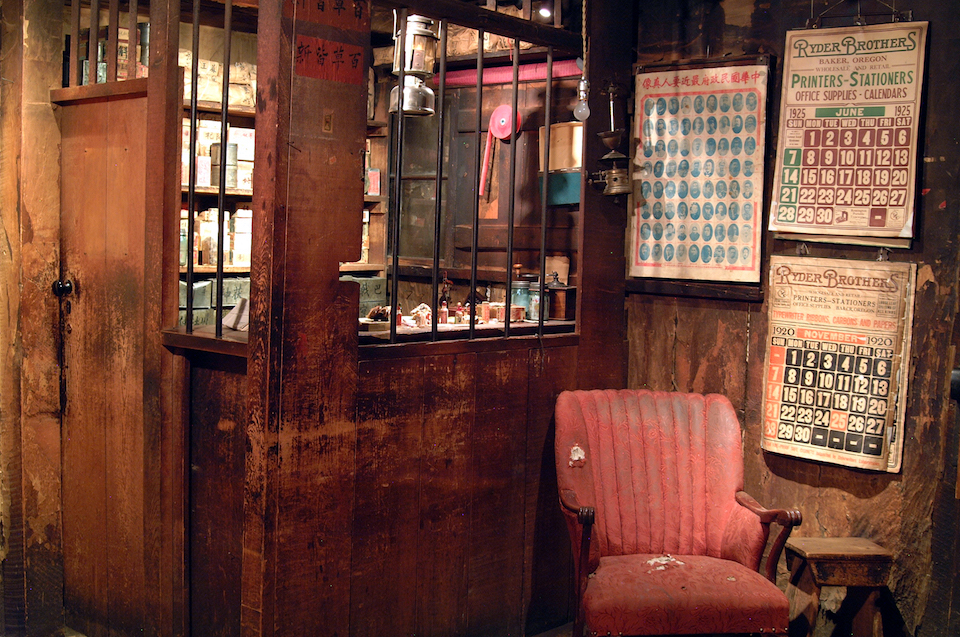
While the two men primarily served the Chinese population for years, something changed around 1910, and the white community began seeing “Doc” in times of injury or sickness as well. “Doc became the honorary uncle for families in town and got this reputation that he could cure anything,” according to Sweet. He even developed a long-distance diagnosis system with clients. People would write to Doc with a list of symptoms, and he would write back with a diagnosis, a bag of herbs and a recipe for a homemade remedy.
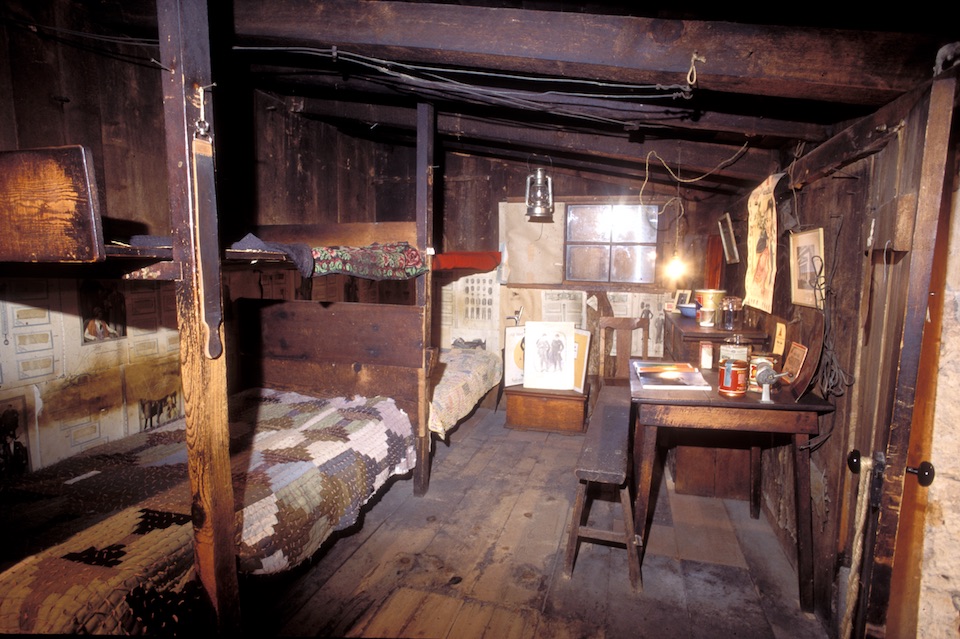
Lung On and “Doc” Hay passed in the mid-1900s, stipulating in their will that their families would claim their estate, but Cold War tensions prevented the inheritance. After remaining vacant for about twenty-five years, the building was given to the state by the city of John Day in 1975.
Today, Kam Wah Chung remains relatively untouched; jars of herbs and oils and other knick-knacks were left where they were found.
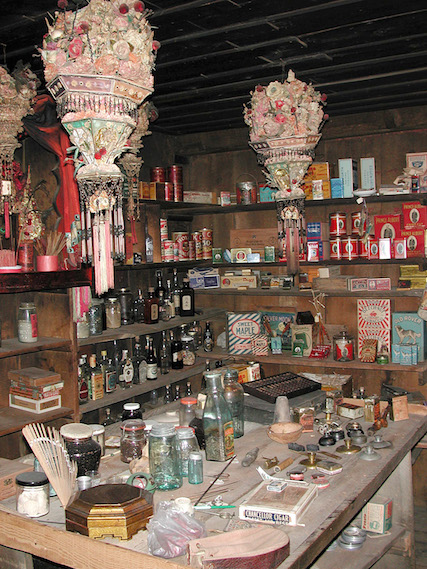
“It’s very much a time capsule,” Sweet said. “It’s amazing that it hadn’t really been looted or vandalized.” Now surrounded by a community park and swimming pool, Kam Wah Chung feels even more oddly out of place.
The building is open daily from May 1 – October 31, and entrance is only allowed with a free guided tour. For more information, visit oregonstateparks.org.



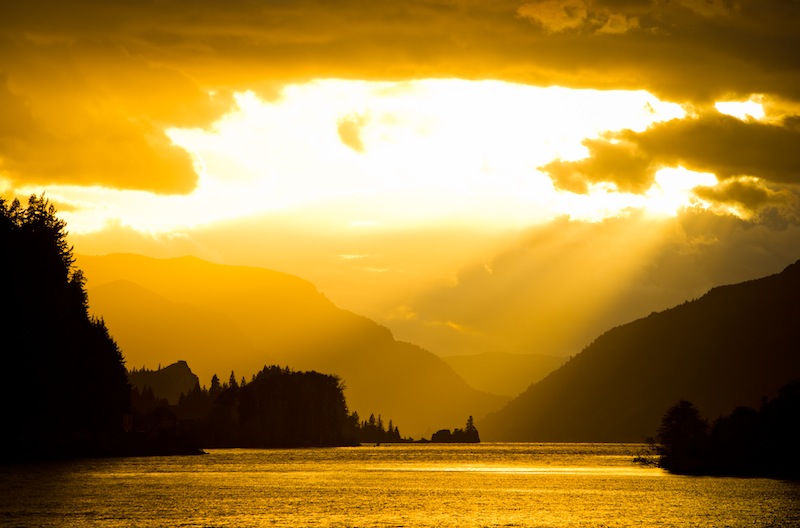
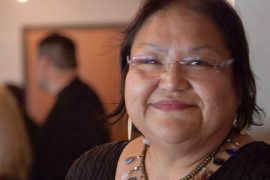
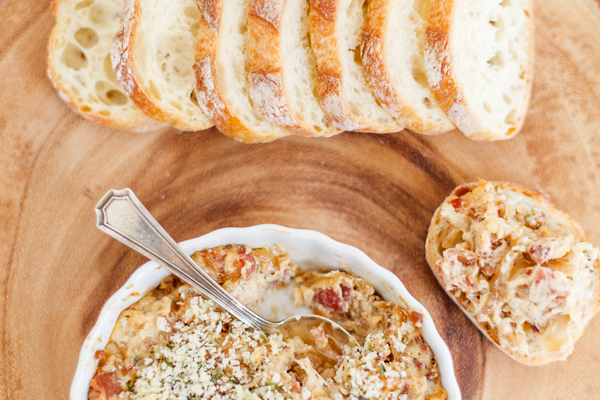



I wonder if their correspondence shows where in China they came from?
Oh, it was looted! I heard many stories of people breaking in to look for booze or fireworks. When I saw it in 1967 with Gordon Glass it had been ransacked and materials were strewn all about. Looting happened, we just will never know what was lost.
True, all the fireworks and the visible liquor disappeared, but things reappear all the time!
And it could have been so much worse! Those two kept every piece of correspondence that came their way — it’s a treasure trove of history of business, shipping, and mail order. And now it’s available online.